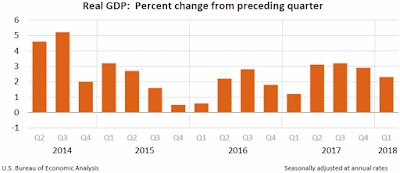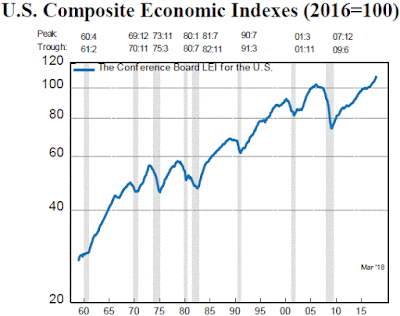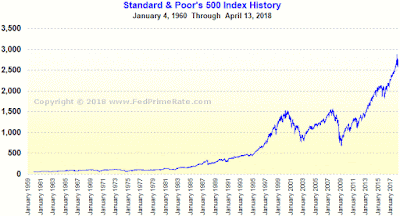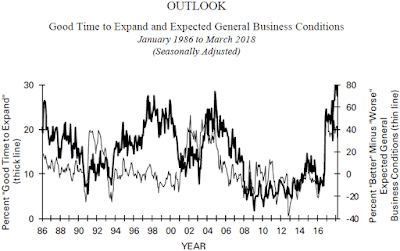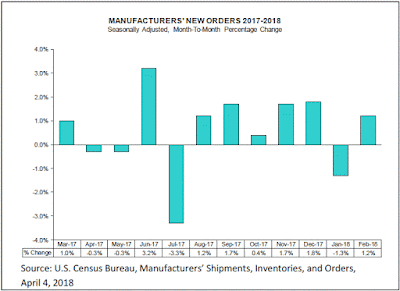PCE Price Index + Personal Income + Consumer Spending Report for March 2018
Consumer Spending (Personal Consumption Expenditures)
Predicted: +0.4%
Actual: +0.4%
----------------------
Personal Income
Predicted: +0.4%
Actual: +0.3%
----------------------
Disposable Personal Income: +0.3%
----------------------
The highlighted percentages represent the month-to-month change in Consumer Spending (aka Personal Consumption Expenditures), Personal Income and Disposable Personal Income for the entire United States.
=====================
Personal Consumption Expenditures (PCE) Price Index
Predicted: +0.1%
Actual: 0.0%
- Change from 12 months previous: +2.0%
Core PCE Price Index
( = PCE Price Index minus food and energy)
Predicted: +0.2%
Actual: +0.2%
- Change from 12 months previous: +1.9%
The yellow-highlighted percentages represent the month-to-month change in the prices associated with domestic personal consumption. The PCE Price Index is different from the Consumer Price Index (CPI) in that it is a very broad measure of the prices associated with domestic products and services, while the CPI measures a more limited fixed basket of goods and services.
The broad nature of the PCE Price Index is key to why it is the Federal Reserve's preferred measure of inflation. The Federal Open Market Committee (FOMC) pays very close attention to it.
=====================
The "predicted" figures are what economists were expecting, while the "actual" figures are the true or real figure.
Labels: consumer_spending, Core_PCE_Price_Index, disinflation, Disposable_Personal_Income, Federal_Reserve, FOMC, hard_data, inflation, PCE_Price_Index, Personal_Consumption_Expenditures, personal_income, wages
|
--> www.FedPrimeRate.com Privacy Policy <--
CLICK HERE to JUMP to the TOP of THIS PAGE > SITEMAP < |

